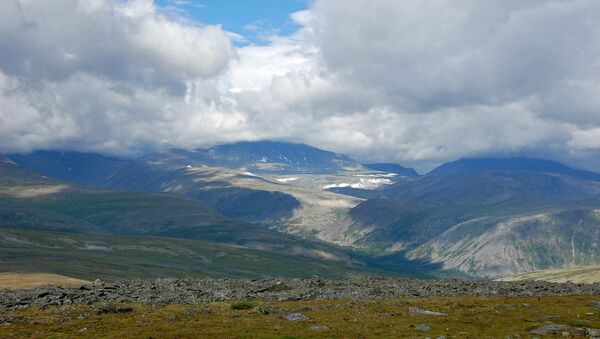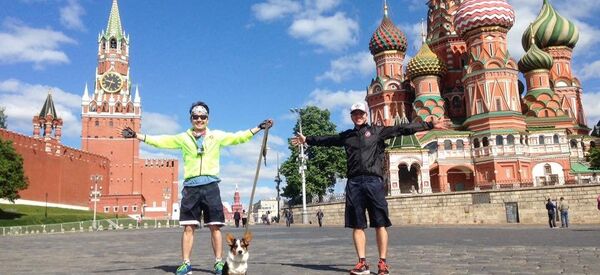This theory certainly makes a lot of sense, considering that the Mansi have lived in the northern Urals for thousands of years. Famous geologist Ernest Gofman was one of they key advocates of this theory, according to Elena, a museum guide in the city of Zlatoust.
“When Cossacks first came into the area, they heard Mansi talking about the mountains and borrowed the words, as has often happened throughout history,” Elena explained.
The only problem with this theory is that the Mansi people themselves have a totally different name for the Ural Mountains. The Mansi don’t call the mountains “Ura la,” instead they use the word “Ner,” which simply means “the rock.”
That’s where supporters of the second camp jump in. Prominent Russian scholar Vasily Tatishchev, who studied extensively the history, geology, flora and fauna of the Ural Mountains throughout the late 18th Century, argued that the Urals allegedly got their name from the Bashkir word “Uralu” or “Oralu,” which translates as a belt.
Turkologists, scholars who study Turkic languages and cultures, claim this ought to be the answer to the question. However, the Mansi-theory followers dispute this theory, and demand a more elaborate explanation of the word.
If there is a belt, then it should probably gird or encircle something, right? So what is it then, they ask. Well, nobody knows for sure.
In other words, it seems that neither of the two theories completely explain the origin of the word Ural. Perhaps, as in many other cases, the truth might simple lie somewhere in the middle.


